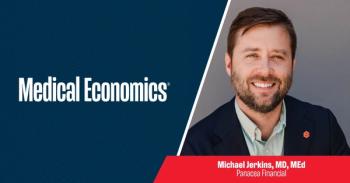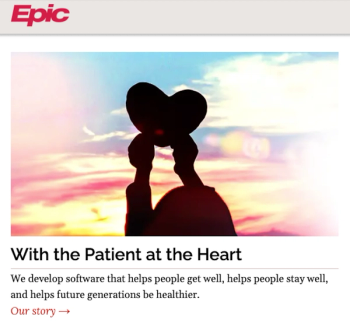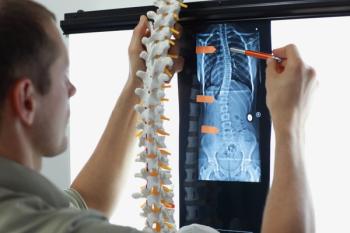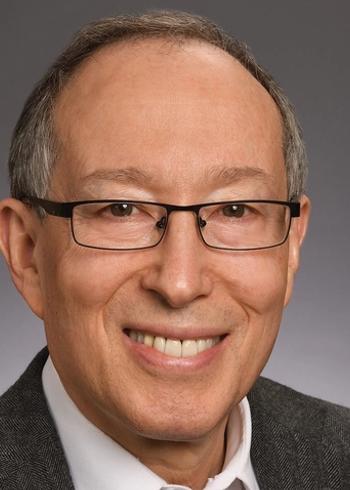
CDC considers allowing nonphysicians to read complex chest x-rays: What could go wrong?
Key Takeaways
- The CDC is considering NPPs for interpreting chest x-rays for pneumoconiosis due to a shortage of certified B Readers.
- Critics argue NPPs lack the extensive training needed for accurate radiologic interpretation, risking patient safety.
The CDC requests public comment on the possibility of allowing NPPs to read chest x-rays of workers at risk for pneumoconiosis.
On December 17, 2024, the U.S. Centers for Disease Control and Prevention (CDC) opened
According to the
Sounds straight-forward, right? Not enough physicians to meet demand, so why not allow NPPs to ‘fill the gap?’ This same argument that has been used across the country to justify allowing NPPs to take on the role of physicians in other underserved areas of health care, including primary care and rural medicine. What could possibly go wrong?
Dangers of unsupervised practice of radiology by NPPs
Radiologists train for at least 13 years (4 years of college, four years of medical school, and five years of residency), completing more than 20,000 hours of clinical experience before they are certified to interpret radiologic images independently. B Reader certification requires these fully fledged radiologists to complete additional training and take an examination.
Nurse practitioners are required to complete 500 hours of clinical experience before being certified to practice advanced nursing, while physician assistants complete an estimated 2,000 clinical hours. According to Pulmonologist and Critical Care physician Gary Dudek, MD, these NP and PA training programs do not provide the training needed to interpret any x-ray, much less the subtle findings that may represent pneumoconiosis.
“I’ve worked with physician extenders my entire
In addition to his experience working with NPPs, Dudek also taught in a PA training program for four or five years. “I'm familiar with the training that they received, and none of it comes close to the type of radiologic teaching that I experienced in medical school and then through three years of residency.” Dudek said that without the background to interpret x-rays, he has multiple concerns. “One is under calling disease, because they don't have the ability to really see the early interstitial changes that may be present. Another concern would be to be over calling changes on the chest X ray that are unrelated to interstitial lung disease.”
Dudek noted that in addition to looking for pneumoconiosis, B readers are also responsible for identifying other potential pathologies on x-rays. “If a radiologist is doing a B reading and they see mediastinal lymphadenopathy, but not anything that would be attuned to the B reading itself, they're still going to read that and call it as an abnormality and bring it to somebody's attention,” he said. “While that may have nothing to do with their occupation, it may be a serious medical condition, and I fear that those people are going to slip through the cracks if the X rays are not reviewed by somebody with clinical experience.”
Public commentary opposing expansion of B reads to NPPs
Gary Dudek, MD shared
Radiologist J. Sebastein Rowe, MD,
David Wiener, a board-certified radiologist for almost 35 years and CDC/NIOSH certified B reader for 9 years,
Jeffrey Unger, MD, a radiologist and NIOSH certified B reader for almost 30 years,
Regarding the preparation of NPPs to become B Readers, radiologist Jim Thesing
Conflict of interest?
In addition to seeking testimony from health care workers, the CDC asked for comments from other interested parties, including exposed workers and their unions and representatives from coal, asbestos, and silica industry.
“The crux of the issue [regarding interpreting chest x-rays] is the decision of whether the patient truly has interstitial lung disease and needs to be removed from exposure to that dust,” said pulmonologist Gary Dudek, MD. “In silicosis, if you catch it very early on, it’s termed simple silicosis, in which tiny nodules are seen in the lungs.” But Dudek explained that with continued exposure to silica, the disease will progress to become life-threatening. “These nodules will fibrose together and pull the lung tissue into a big scar called progressive, massive fibrosis,” he said. “That’s the stage of disease that is very symptomatic, lots of shortness of breath, often hypoxic, coughing, constantly producing a lot of mucus, and it tends to be inexorably progressive and ultimately take their life.”
A B Read indicating silicosis requires an employee to immediately cease exposure and may lead to loss of employment, which is particularly challenging in areas where there are few other job options.In addition to losing a worker, Dudek said that employers are required to pay medical expenses for people diagnosed with this condition. “They may have a vested interest in not finding it,” he said.
In fact one of the few supportive comments for expanding B Reading to NPPs came from Nathaniel Collins, a Family nurse practitioner, who
How to increase B Readers safely
Instead of allowing nonphysicians to interpret x-rays that may be a matter of life and death, public commentary opposing the expansion focused on helping more radiologists certify for the program. “If there is an unmet need for B readers, the CDC should collaborate with the American College of Radiology (ACR) and pulmonary societies to encourage more physicians to train and certify as B readers,”
Martha Kearns agreed that the program should focus on helping radiologists become B Readers. “Rather than expanding the reader pool to unqualified non-physician providers who receive no formal training in radiology, examine the process and identify how you could reasonably increase the number of qualified readers,” she
Kearns argued that, “The program should first make efforts to increase access to qualified and trained radiologists, before allowing unskilled interpretations which dilute the quality of interpretations,” and laid out specific recommendations to increase the number of B Readers:
- Subsidize the costs of the course and testing
- Increase access to training, with more frequent, remote/virtual options
- Broaden how the opportunity is advertised to other radiology specialties
- Increase dissemination of information about reading studies for those who are currently accredited
- Increase access to B readers by permitting reads in states where one doesn’t hold a license
Ultimately, a lack of B Readers stems from poor long term planning,
Newsletter
Stay informed and empowered with Medical Economics enewsletter, delivering expert insights, financial strategies, practice management tips and technology trends — tailored for today’s physicians.














